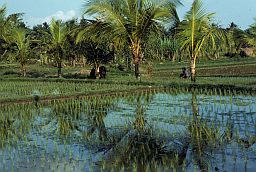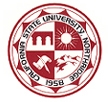Student Learning Objectives:
- Students can identify and discuss the five pillars of Islam.
- Students can use some of the geographic tools necessary to find the qibla
- Students can identify and/or define cartographic projection, great circle, rhumb line, compass, magnetic declination, magnetic north pole, etc.
- Students can discuss some of the environmental aspects of the five pillars, particularly the relationship between seasonality and the Islamic lunar calendar.
Background
To refresh your memory, or to bring you up to speed, take a look at the list below and answer the three questions over the information.
The Five Pillars of Islam:
- Shahadah – This is the profession of faith. Muslims must affirm the singularity and oneness of Allah as God, and accept that Mohammed is the final prophet. In Arabic, this is said “There is no God but Allah and Mohammed is his prophet”.
- Salat – The second pillar requires Muslims to pray five times daily at specific times toward the Kabbah in Mecca, Saudi Arabia.
- Zakah – Is charity or alms-giving to the poor by Muslims who can afford to do so. This charity must (or should be) distributed in the community from which it came.
- Sawm – During the Islamic month of Ramadan, Muslims must fast from sun up to sunset. Other practices are also forbidden during this month. This allows the faithful to be thankful, to cleanse sins and to become more mindful of a variety of things that will make them a better person.
- Hajj – This is the pilgrimage to Mecca that all Muslims should endeavor to make at least once during their lives.



